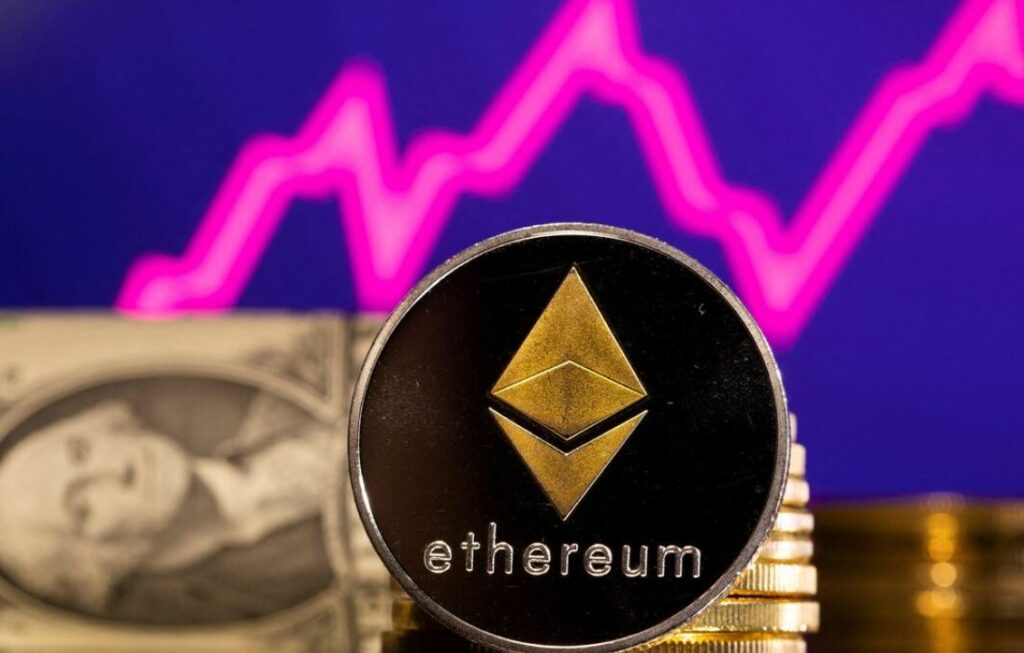 Curious about how cross-currency trading pairs work? These pairs, which don’t involve the US dollar, offer a unique way to trade forex. Imagine bypassing the usual routes and finding direct paths that could save you money and time. Ready to explore this intriguing aspect of currency trading?
Curious about how cross-currency trading pairs work? These pairs, which don’t involve the US dollar, offer a unique way to trade forex. Imagine bypassing the usual routes and finding direct paths that could save you money and time. Ready to explore this intriguing aspect of currency trading?
Let’s dive in and discover the opportunities and challenges they present.
For more details, access the website and get access to premium investment education material.
Defining Cross-Currency Trading Pairs
Cross-currency trading pairs, often called minor currency pairs, are forex trading pairs that do not include the US dollar. Unlike major currency pairs like EUR/USD or GBP/USD, cross-currency pairs involve direct exchange rates between two non-USD currencies. For instance, EUR/JPY represents the exchange rate between the Euro and the Japanese Yen.
Why is this important? Traders use these pairs to bypass the US dollar. Let’s say you have Euros and want to buy Japanese Yen. Instead of converting Euros to US Dollars and then to Yen, you can directly trade EUR/JPY. This direct route can save money and time by reducing transaction costs.
Cross-currency pairs offer a broad range of opportunities. For example, EUR/GBP lets traders focus on European economies without USD fluctuations. But remember, cross-currency pairs can be more volatile due to fewer traders and lower liquidity compared to major pairs. This volatility can be both an opportunity and a risk.
Cross-currency pairs also provide a way to hedge. If you have investments in European and Japanese markets, trading EUR/JPY can help manage risk. It’s a useful tool for diversifying portfolios. Want to explore more? Check out real-time quotes and trading platforms to see how these pairs move. It’s like finding shortcuts in a maze – sometimes tricky, but often rewarding.
The Mechanics of Cross-Currency Pairs
Understanding how cross-currency pairs work is essential for effective trading. First, let’s break down the quote system. In any pair, the first currency is the base currency, and the second is the quote currency. So, in EUR/JPY, EUR is the base, and JPY is the quote. If EUR/JPY is 130.50, it means 1 Euro equals 130.50 Yen.
Trading cross-currency pairs involves a unique process. Unlike major pairs, where USD serves as a common denominator, cross-pairs are quoted directly against each other. This direct exchange bypasses the need for converting to USD first, which can simplify trades and reduce costs.
Liquidity is another key factor. Major pairs have high liquidity, meaning lots of buyers and sellers. Cross-currency pairs, however, can be less liquid, leading to wider spreads. This means the difference between buying and selling prices can be larger, which might affect trading strategies.
Volatility is something to watch. Because these pairs can be influenced by two different economies without the stabilizing effect of the USD, their prices can swing more dramatically. This makes understanding economic indicators and geopolitical events crucial.
Trading cross-currency pairs is like driving on a winding road – it requires skill and attention, but the journey can be exhilarating. Try using demo accounts to practice, and always stay updated with global news. This hands-on approach will help you navigate the complexities and seize opportunities.
Examples of Prominent Cross-Currency Pairs
Let’s dive into some well-known cross-currency pairs to illustrate their significance. Take EUR/JPY, for example. This pair combines the Euro, representing the Eurozone, with the Japanese Yen.
Traders often choose EUR/JPY to speculate on economic differences between Europe and Japan. When the European Central Bank (ECB) makes decisions, it impacts EUR/JPY. Similarly, actions by the Bank of Japan (BoJ) can sway this pair significantly.
Another notable pair is GBP/JPY. The British Pound and the Japanese Yen make an interesting combination due to their distinct economic landscapes. This pair often attracts traders looking to capitalize on political and economic news from the UK and Japan. Imagine it as a seesaw – when one economy strengthens, the currency value rises, tipping the balance.
AUD/NZD is a fascinating pair too. It involves the Australian Dollar and the New Zealand Dollar, often called the “Aussie-Kiwi.” This pair is unique because Australia and New Zealand are geographically close and have intertwined economies. Traders might use AUD/NZD to hedge against regional risks or exploit differences in interest rates set by their central banks.
For those interested in European markets without the US dollar, EUR/GBP is a go-to pair. It provides insight into the relative strength of the Euro against the British Pound, reflecting broader economic trends in the Eurozone and the UK. It’s a great way to focus on European dynamics.
Conclusion
Cross-currency trading pairs open up a world of possibilities for savvy traders. They offer a unique approach to forex trading, bypassing the US dollar and providing direct paths for diverse strategies.
Interested in harnessing their potential? Stay informed, practice with demo accounts, and always consult financial experts. The right moves can lead to rewarding results.








